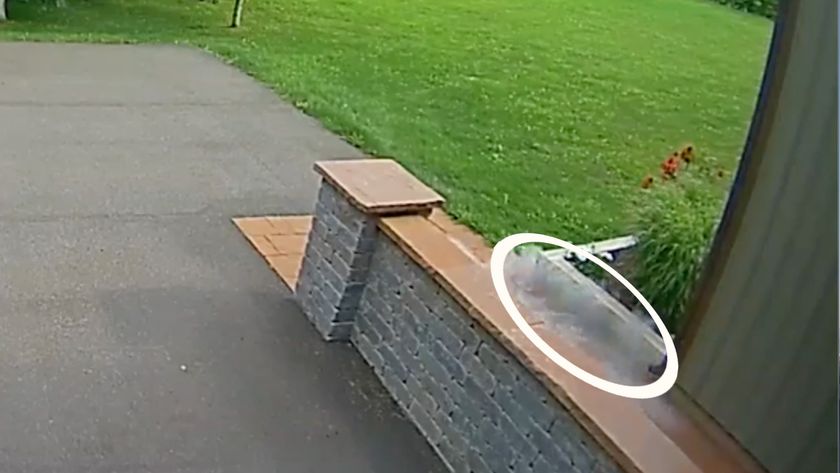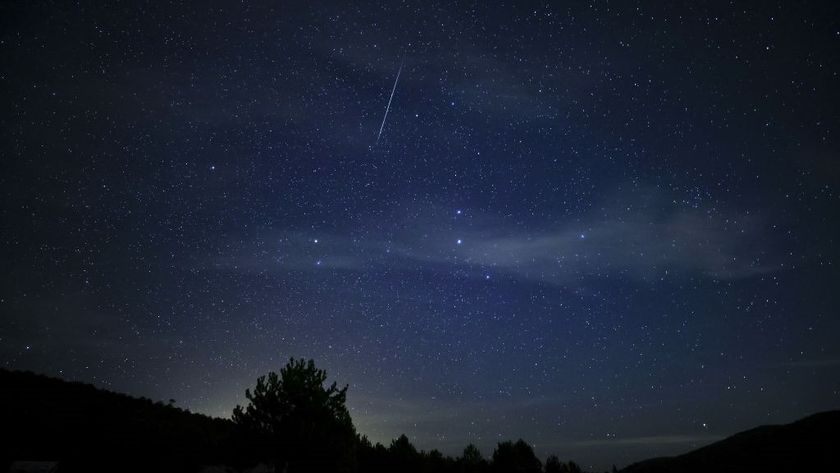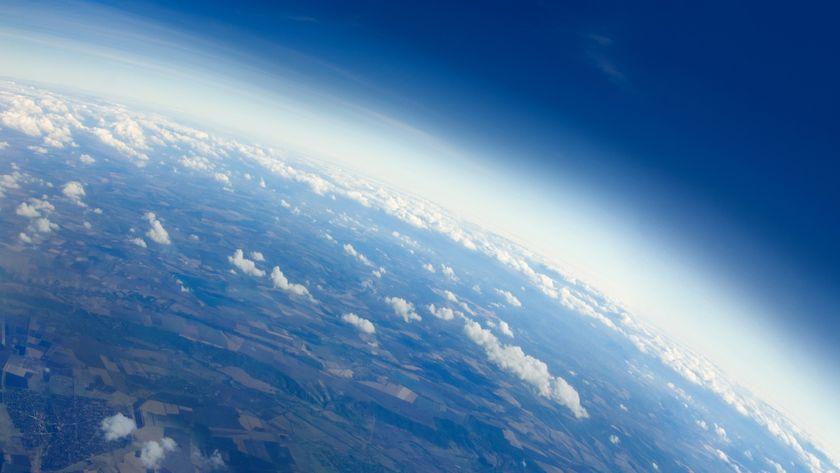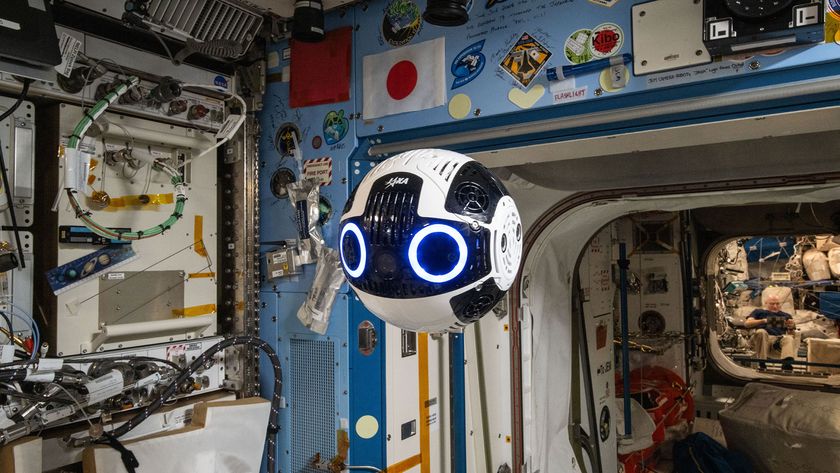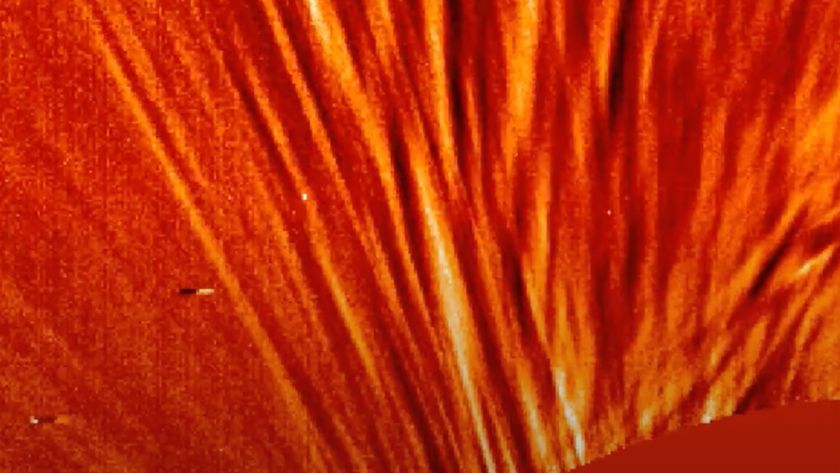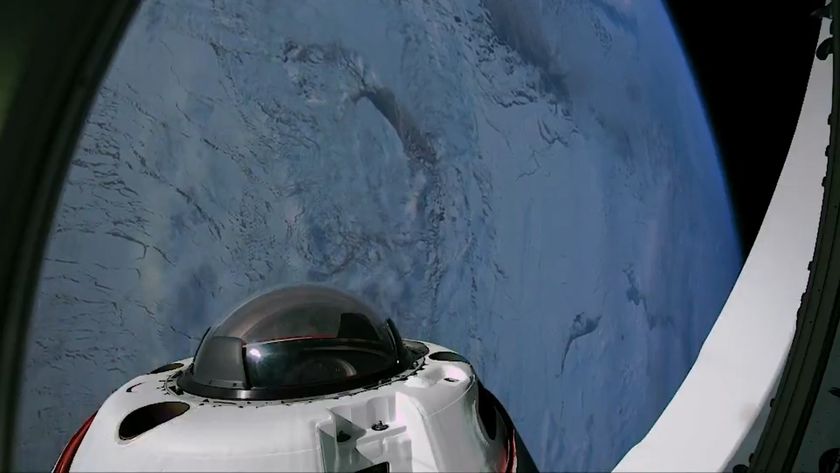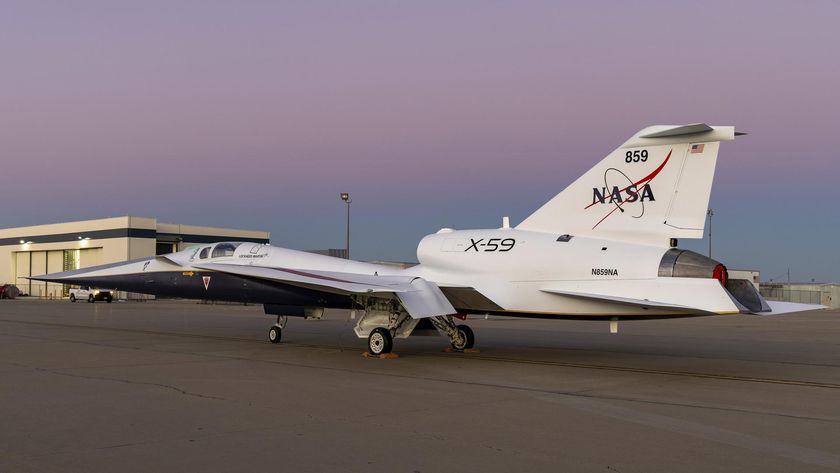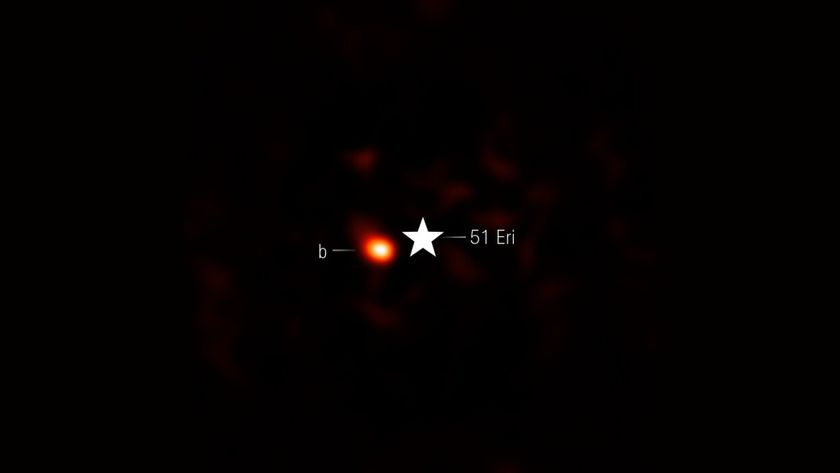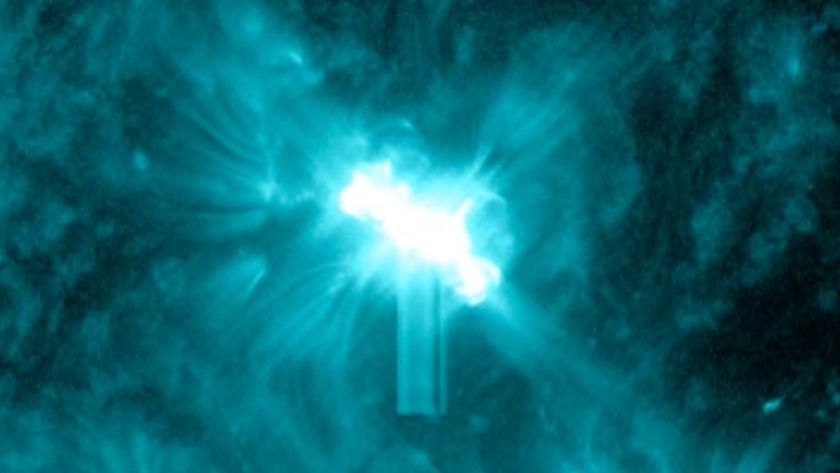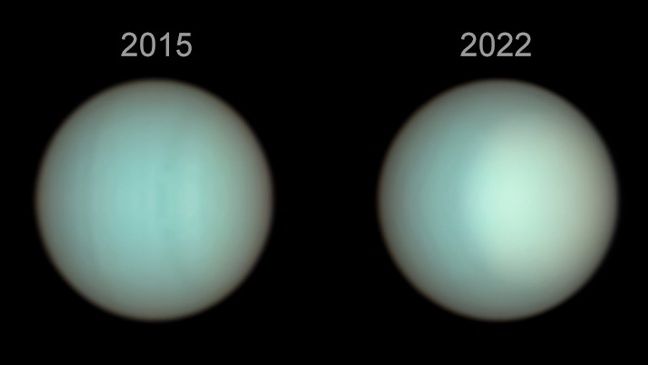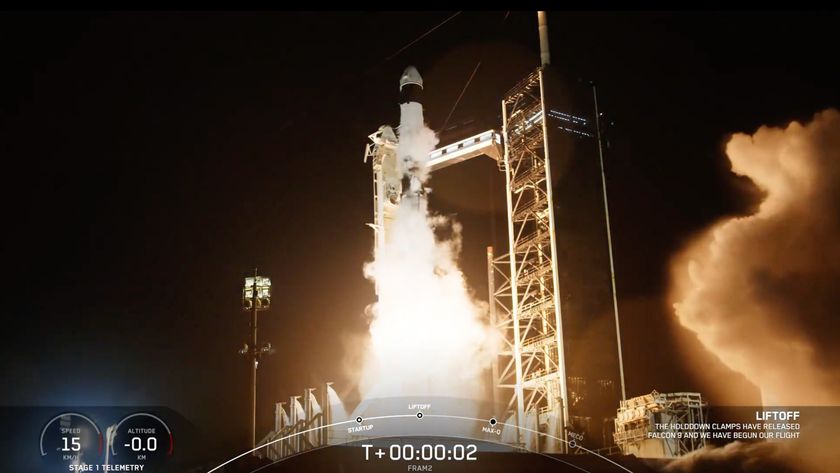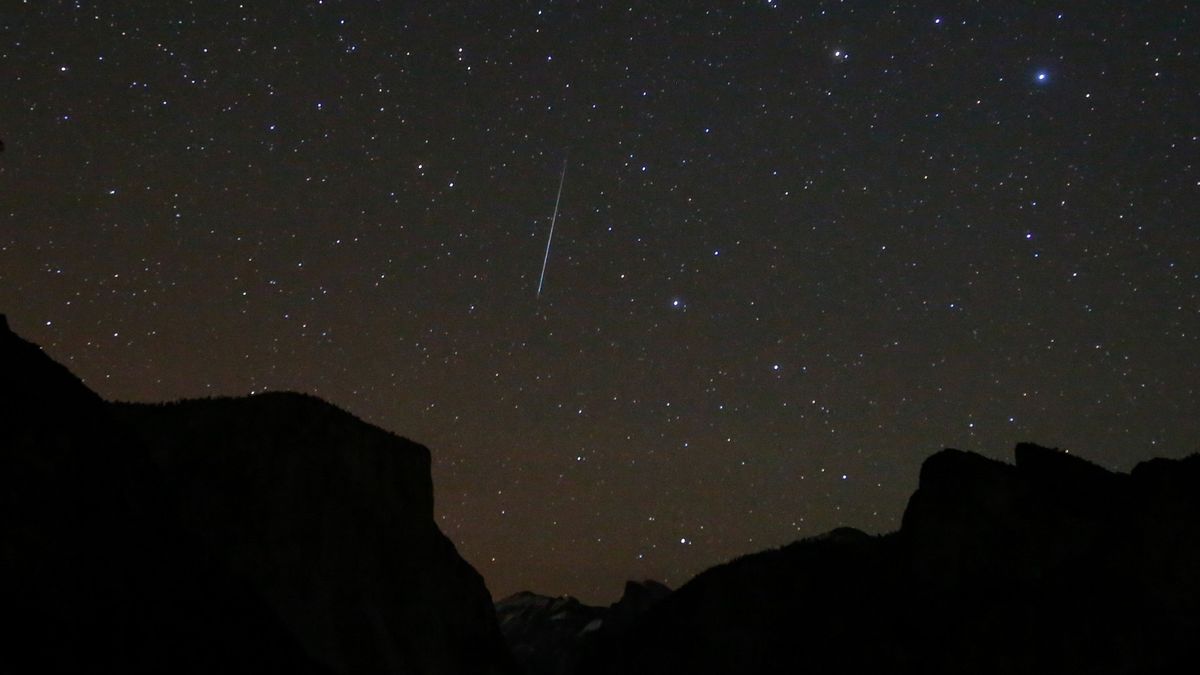
This week brings us what usually is considered to be the most satisfying of all the annual meteor displays, even surpassing the famous Perseids of August: December's Geminid meteor shower.
But as was the case with last month's Leonid Meteors, prospective sky watchers should be aware that once again you will be facing a major obstacle in your attempt to observe this year's Geminid performance, namely, the moon.
Unfortunately, as luck would have it, 2024 will see the moon turn full on Dec. 15 and as such will seriously hamper, if not all but prevent observation of the peak of the Geminid meteor shower, predicted to occur for the overnight hours of Dec. 13 14. The Geminids are the one major shower that provides good activity prior to midnight as the Gemini constellation is well placed from 10 p.m. onward. But bright moonlight will flood the sky through much of that night and will certainly play havoc with any serious attempts to observe these meteors.
Already active
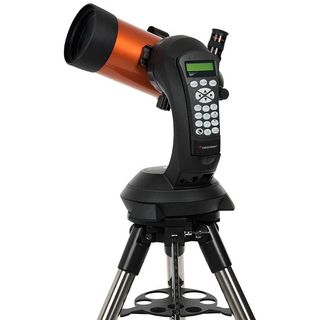
Want to see the night sky up close? The Celestron NexStar 4SE is ideal for beginners wanting quality, reliable and quick views of celestial objects. For a more in-depth look at our Celestron NexStar 4SE review.
The Geminids are already around, having been active only in a very weak and scattered form since around Dec. 7. But a noticeable upswing in Geminid activity is expected to begin during this week, leading up to their peak night on Dec. 13.
Historically, the Geminids are often described as "bright and intensely colored." The majority of these meteors appear yellowish in hue. This shower also has a reputation for being rich in moderately slow meteors; they appear to move at roughly half the speed of a typical Perseid or Leonid meteor. Many are also rather faint, with relatively few of medium brightness. These are meteors that sadly will fall victim to this year's bright moon.
And every once in a while, a Geminid fireball will blaze forth, bright enough to be quite spectacular and more than capable to attract attention even in bright moonlight. In their book, "Observe Meteors," published by the Astronomical League, astronomers David Levy and Stephen Edberg note that, "If you have not yet seen a mighty Geminid fireball arcing gracefully across an expanse of sky, then you have not seen a meteor."
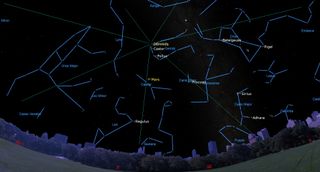
Damage control
With this as a background we can offer a solution to the moon problem — call it "damage control" — for the 2024 Geminids.
Get the Space.com Newsletter
Breaking space news, the latest updates on rocket launches, skywatching events and more!
For perhaps the best times to look this year will be during the predawn hours several mornings before the night of the full moon. That's when the constellation Gemini (from where the meteors get their name) will be standing high in the northwest sky.
In fact, three "windows" of dark skies will be available between moonset and the first light of dawn on the mornings of Dec. 11, 12 and 13. Generally speaking, there will be more than 2.5 hours of completely dark skies available on the morning of Dec. 11. This shrinks to just under 1.5 hours on Dec. 12, and only about 15 minutes by the morning of Dec. 13.
Check the table below for examples at some selected cities. All times are a.m. and are local standard times. "MS" is the time of moonset. "Dawn" is the time when morning (astronomical) twilight begins.
Example: "When will the sky be dark and moonless for Geminid viewing on the morning of Dec. 12 from San Francisco?"
Answer: there will be a 95-minute period of dark skies beginning at moonset (4:17 a.m.) and continuing until dawn breaks (5:42 a.m.).
For Seattle and Helena, dawn breaks before the moon sets on Dec. 13, so no dark sky window is available.
| Location | Dec. 11 - Moonset/Dawn | Dec. 12 - Moonset/Dawn | Dec. 13 - Moonset/Dawn |
|---|---|---|---|
| Boston | 2:33/5:22 | 3:52/5:32 | 5:13/5:23 |
| New York City | 2:43/5:31 | 4:00/5:32 | 5:20/5:33 |
| Miami | 2:50 5:35 | 3:57/5:36 | 5:05/5:36 |
| Chicago | 2:42/5:28 | 4:01/5:28 | 5:21/5:29 |
| Kansas City | 3:07/5:51 | 4:23/5:52 | 5:41/5:53 |
| Houston | 2:58/5:41 | 4:07/5:42 | 5:18/5:43 |
| Denver | 2:52/5:43 | 4:09/5:35 | 5:27/5:35 |
| Helena | 3:33/6:12 | 4:57/6:13 | 6:23/ — |
| Albuquerque | 2:52 5:34 | 4:05/5:35 | 5:20/5:35 |
| Seattle | 3:19/5:55 | 4:44/5:56 | 6:11/ — |
| San Francisco | 3:02/5:41 | 4:17/5:42 | 5:34/5:42 |
| Los Angeles | 2:39/5:19 | 3:52/5:20 | 5:06/5:20 |
Perhaps about a dozen or more of the forerunners of the main Geminid display might appear to steak by within an hour's watch on these mornings.
In the absence of moonlight, a single observer might see up to 120 meteors per hour on the peak night, a number that sadly cannot be hoped to be approached in 2024.
Just wait ...
As bad as the viewing circumstances are for this year's Geminids, next year will be quite a different story. The peak of shower is expected to come at 2 a.m. EST on Dec. 14. That means that eastern North America will be in excellent position to view the Geminids at their prospective 120 per hour maximum with Gemini situated overhead.
And since the peak will likely last for at least several hours (or more), means that the rest of North America — and quite possibly even Hawaii — will be able to watch next year's display all unhindered by bright moonlight. If you're wondering about where the moon will be, it will be a waning crescent phase, just 27-percent illuminated, and not rising until around 2:10 a.m. offering little if any hindrance. In short: nearly perfect viewing conditions!
As fans of the old Brooklyn Dodgers used to say (and it certainly applies to fans of the Geminid meteor shower), "Just wait until next year!"
Want to try your hand at shooting the Geminid meteor shower? Be sure to check out our guide on how to photograph meteors and meteor showers.
And be sure not to miss our night sky for tonight page, updated daily with what you need to know for watching the skies.
Joe Rao serves as an instructor and guest lecturer at New York's Hayden Planetarium. He writes about astronomy for Natural History magazine, the Farmers' Almanac and other publications.
Join our Space Forums to keep talking space on the latest missions, night sky and more! And if you have a news tip, correction or comment, let us know at: community@space.com.

Joe Rao is Space.com's skywatching columnist, as well as a veteran meteorologist and eclipse chaser who also serves as an instructor and guest lecturer at New York's Hayden Planetarium. He writes about astronomy for Natural History magazine, Sky & Telescope and other publications. Joe is an 8-time Emmy-nominated meteorologist who served the Putnam Valley region of New York for over 21 years. You can find him on Twitter and YouTube tracking lunar and solar eclipses, meteor showers and more. To find out Joe's latest project, visit him on Twitter.
